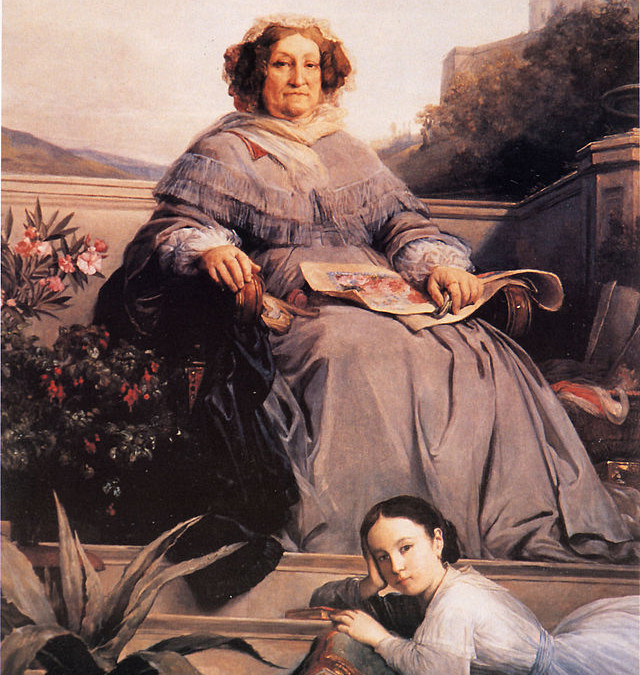Sparkling wine has a special allure. And for those of us who love it, it only takes one sip to understand why it may have inspired Dom Perignon to declare, “Brothers, brothers, come quickly, for I am drinking stars.”
I’ve written before about many of the innovations in winemaking that made Champagne possible, from changes in the type of fuel used to fire the glass ovens to new bottle closures. But a lesser known branch of the bubbly timeline is the legend of Barbe Nicole Ponsardin, better known as Madame Veuve Clicquot. Widowed at the age of 27, Clicquot was already an icon in the royal courts throughout Europe, but after the death of her husband she quickly went to work focusing on establishing her brand. By the early 1810s her wines had gained international acclaim.
But there was one little issue with the wine in the expanding markets. It was only a cosmetic thing but still a problem: The wines were cloudy with sediment.
As the story goes, Clicquot was sitting at her wooden table in the cellar when she got the idea that would solve the problem. Remember it’s only a legend; she stood up, turned the table on its side and had her cellar master cut holes for the bottles to be placed neck down at an angle, creating the the riddling rack.
The rack allowed a bottle of wine to be stuck sur point, or upside down. Every day a cellar assistant would gently shake and twist the bottle (a process called remuage) to encourage wine solids to settle to the neck. When this was completed, the cork was carefully removed, the sediments ejected, and a small replacement dose of sweetened wine added. The process is still used today.
This innovation led to Clicquot being known by her peers as “La Grande Dame” of Champagne.
So, the next time you drink Champagne, be sure to raise a glass in admiration of those who helped bring the sparkle to our bubbles.
THE VALUE
- NV Veuve Clicquot Yellow Label, France (about $69 retail)
THE SPLURGE
- NV Veuve Clicquot La Grande Dame, France (about $225 retail)
